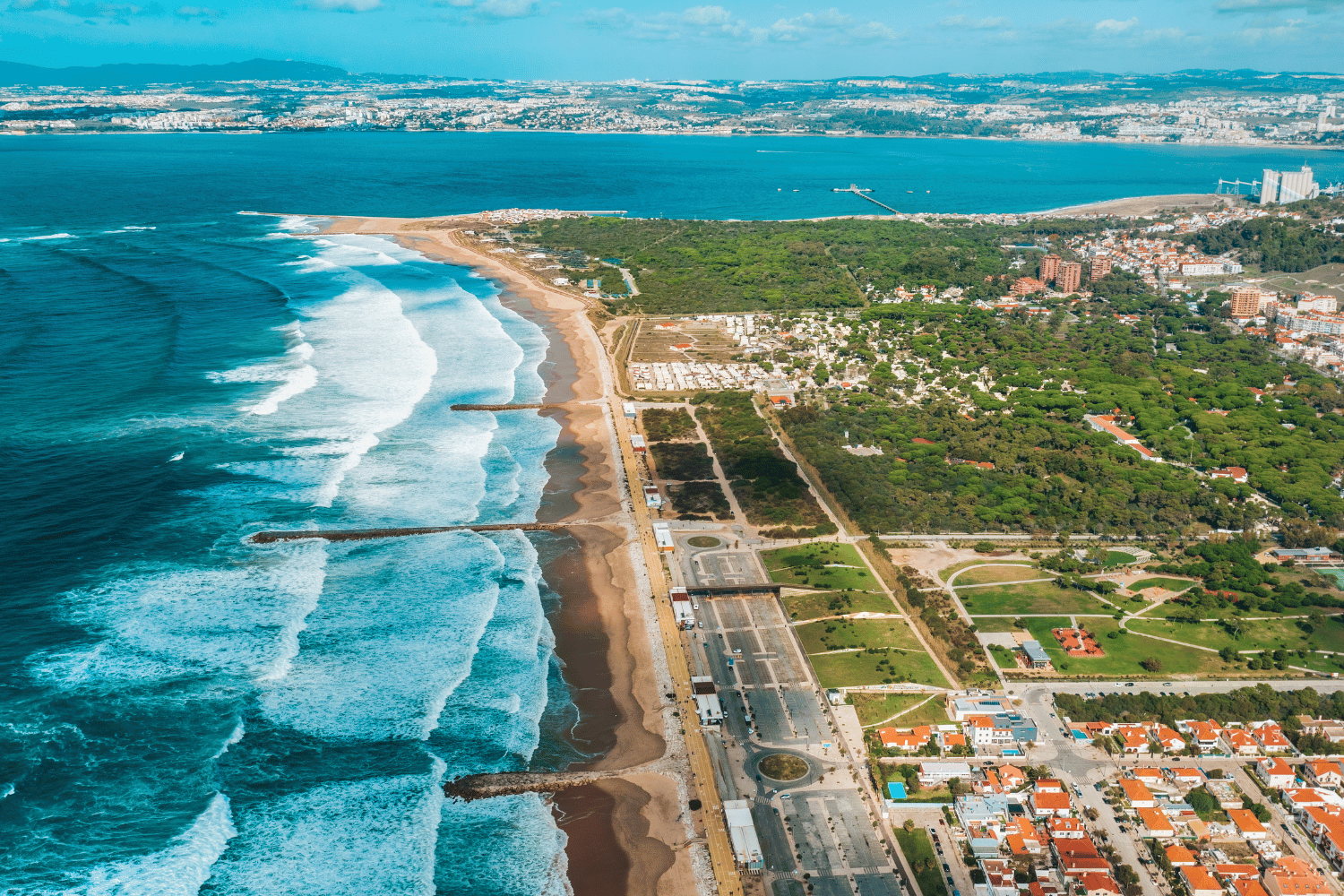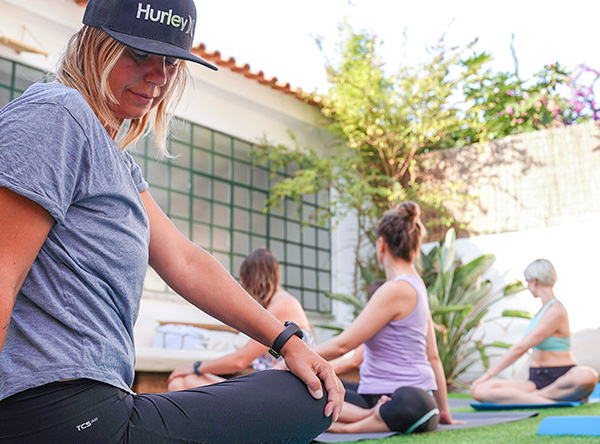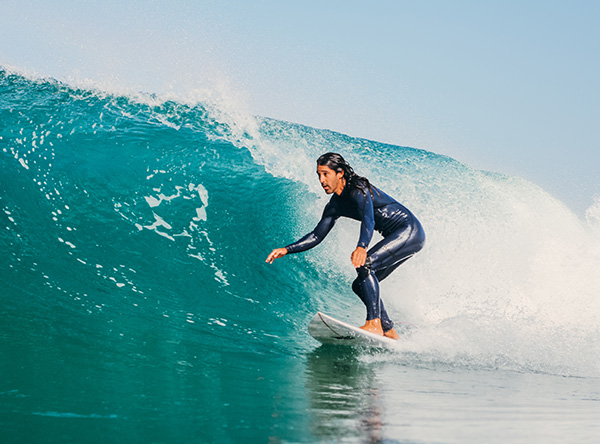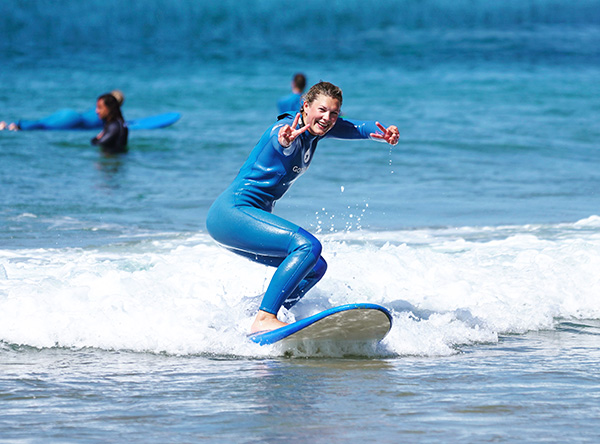If you want to improve your surfing skills, you should know about different types of surf breaks that exist. The 3 most important ones are beach breaks, reef breaks and point breaks. Depending on your skills, location and the conditions they come with different advantages as well as disadvantages, and if you know them you can make the best out of your next surf holiday. If you come to Gota d´Àgua Surfcamp you will have the time to talk about it in detail with our professional instructors, who will be around not only during the lessons. But for now you can read about the most important facts:
Beach break
This is undoubtedly the place to be if you are learning how to surf or if you just want to have some relaxed surf sessions. Luckily, we just have them right in front of our surf camp.
At a beach break waves are breaking over a sandy ground. They create a very dynamic surf setting, because their position can change a lot due to tides, currents and big storms. Nevertheless, they don’t disappear, so be sure that you will always find some waves at Costa da Caparica. If you are learning at a beach break you will have the great advantage that you can concentrate all your attention on your surf skills, not having to worry about getting ́kissed ́ by the reef. More, you can improve your ability to spot the right position to catch waves and become strong in paddling when you are heading towards the right position.

Reef break
As the name suggests we are talking about a reef bottom. This can be flat stones, volcanic rocks or corals, which tend to be quite sharp. The great advantage comes with the continuity of the waves, which only change with swell direction, tides and the wind. If the conditions are merciful you will have perfect waves rolling in one after another in a similar way.
Apart from that reef breaks tend to be much steeper and thus breaking much stronger. With steeper waves your pop-up should be well timed. If you want to find barrelling waves, they are most likely to be found at reef breaks. You should bear in mind, that you know the basics of surfing before entering a reef break. There are some hazards like sharp rocks. Especially if the tide is low you must know how to protect yourself. Coral reefs might have some bacteria and if you cut yourself it can result in an infection, especially if the water is comparatively warm.

Point Break
Finding an empty point break might be the lifetime goal of every surfer. A point break can be a reef break or a beach break, depending on the bottom. Luckily the wave will be always breaking at the same spot, running towards another point. Waves are breaking alongside a jetty, headland or a bay and you can often expect long, perfect breaking waves which result in long rides and the possibility to carry out many turns. But perfect waves come with a price to pay: mostly point breaks are quite crowded and you will have to wait in line, in the line-up. Thus, knowing the peak rules are important within that setting. In Portugal you will find one of the most famous and demanding point/reef breaks in Ericeira which is called Coxos. Last but not least, if you are into surf and action movies you should watch Point Break if you have not done it, yet!

We wish you good luck trying out different breaks and many wicked waves to ride! And we hope to see you soon at Costa da Caparica in our Gota d´Àgua Surf Camp.

